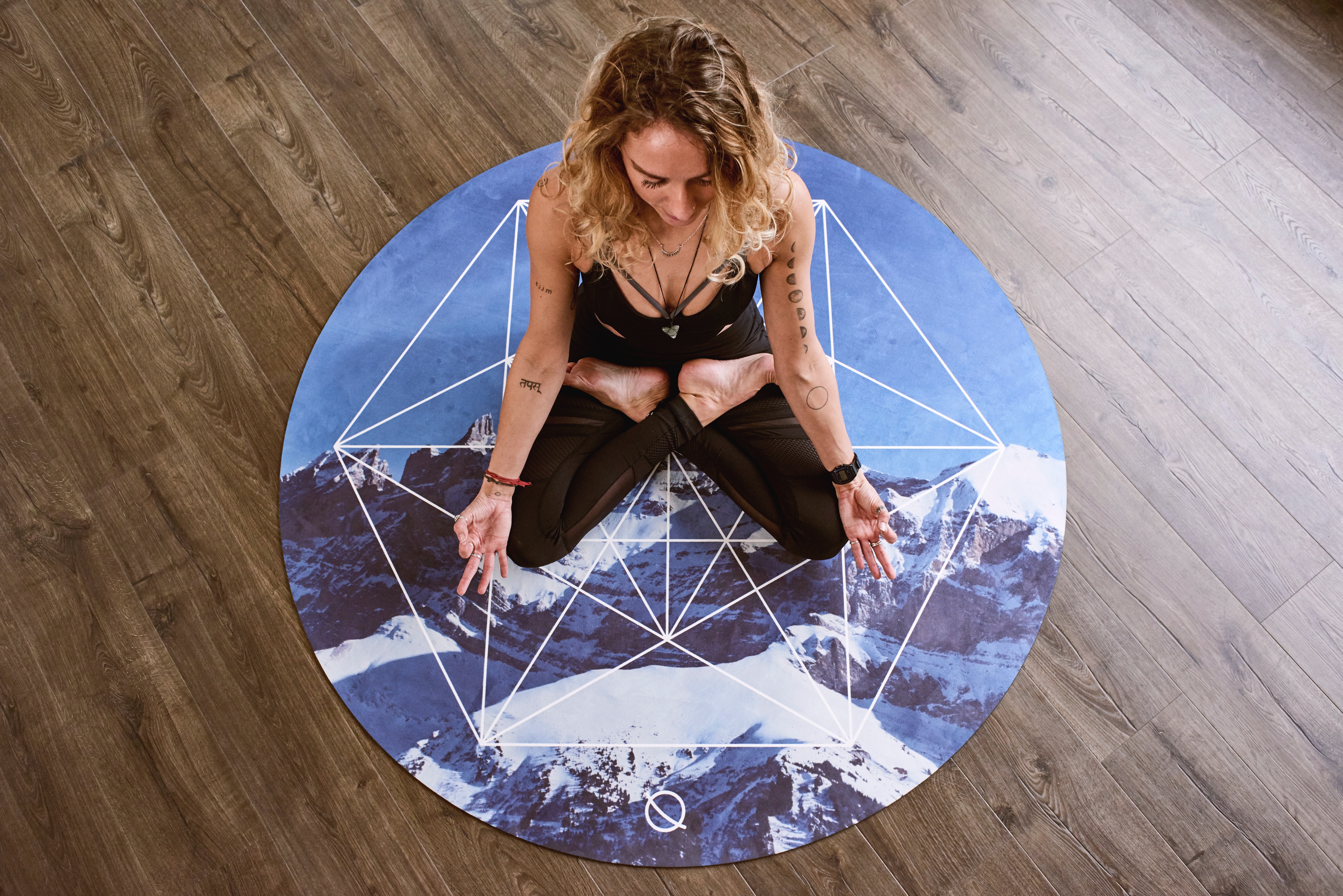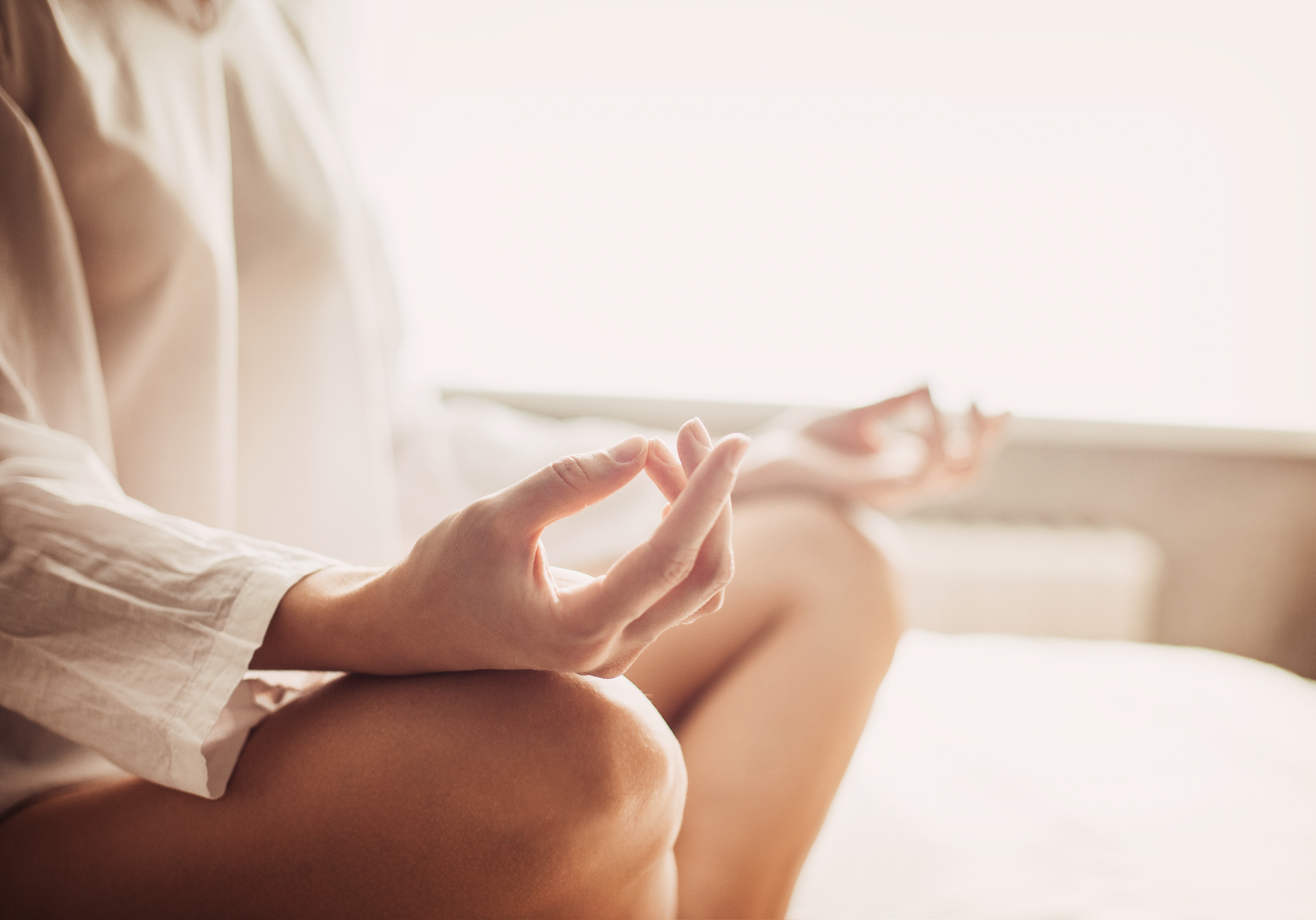I imagine I’m not the first person to suggest that you take up a meditation practice. While meditation is a centuries-old practice, it has become popular again recently for its benefits, such as relaxation and creating inner peace.
But did you know that meditation is actually a powerful way to release depression and anxiety?
I’ll be honest, I fought against meditating for years! Sitting still was hard! Parts of my body would start to ache, I couldn’t figure out how the heck to “quiet my mind,” and I always felt like there was more I should be doing with my time. Can you relate?
If so, hear me out, over the last eight years I have discovered new ways to look at meditation! Ways that have completely changed my view on it! Meditation now has an incredible effect on my life and overall well-being.
THE BENEFITS OF MEDITATION
When I first started practicing meditation, I experienced some immediate benefits:
- Oxygenating my body through the intentional focus on the breath
- Quieting my “monkey mind,” in other words, the consistent, restless, seemingly endless stream of thoughts
- Without the “monkey mind” chatter I was able to connect with my authentic self, thus connecting to the thoughts and ideas that were truly important
- Anchoring into a greater sense of peace and calm
- Feeling joy and bliss
Through maintaining a consistent meditation practice, you are continually clearing out the “monkey mind” chatter and creating mental space. With this space, it becomes significantly easier to shifts your thoughts, feelings, and beliefs.
I’ve released chronic depression and anxiety and cultivated true happiness by consciously shifting my thoughts, feelings, and beliefs to create new neural pathways and heal my mind, body, and spirit.
THE POWER OF MEDITATION
Meditation is a key tool that has helped me accomplish this work. By adopting and affirming a new mindset and integrating it on a subconscious level, my inclination towards happiness over depression and peace over anxiety has become easy and automatic.
Moreover, the simple act of shifting from being entangled in my thoughts to becoming the observer of my thoughts has had a profound impact. This has allowed me to…
- be less reactive
- to choose how I want to respond more wisely
- to no longer be bothered by many things that use to annoy or frustrate me
- be more centered in a state of inner peace
As a coach to women wanting to release chronic depression and anxiety, the thing I love about meditation is that absolutely anyone can do it!
You don’t need anything that you don’t already have within you in order to meditate! However, I have found some ways to make adopting the practice much easier.
NO EXPERIENCE REQUIRED
When starting any new habit or practice, one of the most influential things we can do for ourselves is to deeply connect to our big “Why” — that reason behind the reason for practicing.
A good question to ask yourself to uncover your big “Why” for starting a meditation practice is: “What’s the most important thing about that?”
Take the answer you get and continue to ask this question until you feel you’ve really gotten to the root — this will be something that has an emotional charge for you and is of considerable importance in your life.
For example, my big “Why” for meditation is that it clears space in my mind, which allows me to easily connect with my inner guidance and therefore be more focused, certain, and confident.
Just connecting with your big “Why” is likely to create a substantial shift in your perception of meditation and your motivation for practicing.
The first major turning point in my relationship with meditation was when I decided to take the pressure off of doing it “perfectly.”
I used to think that in order to meditate the “right way,” I needed to sit cross-legged on the floor for at least 30-60 minutes and stop all thought completely. This generally felt miserable and would discourage me from the practice altogether. #truth
MAKING MEDITATION WORK FOR YOU
I decided to make meditation work for me!
I started by creating a much more comfortable space to practice in with a beautiful alter full of crystals and a cushy pillow to support my body and posture. Having this beautiful space automatically motivated me to practice more.
I also removed the pressure of the timer and switched to using a stopwatch. This put me in competition with myself and brought me back to my “Why” for practicing.
Instead of sitting there thinking “Is it over yet? I wonder how much time I have left…,” I now felt encouraged to lovingly push myself just a bit further each time, and building up to 30 plus minutes felt so much easier than before.
A key thing I learned about meditation, contrary to how it’s often described, is that the goal is not to stop your thoughts altogether.
In fact, as human beings, stopping all thought is actually impossible or means that we’re dead. Seriously!
6 SUCCESS TIPS FOR USING MEDITATION TO RELEASE DEPRESSION AND ANXIETY
1. START SMALL
Start small and make it easy, then gradually build on your practice. It’s easier to get discouraged when you try to force yourself to hit your end-goal from day one.
Instead, reward yourself simply for practicing each day — every little bit counts! Trust me!
2. SWITCH TO A STOPWATCH
Instead of using a timer, use a stopwatch and challenge yourself to sit a bit longer each day. Whenever you get that nagging feeling of “it’s time to get up now!”, breathe into it and sit a little longer.
3. BUILD UP
If you prefer to use a timer, I recommend starting with an amount of time that feels doable, like three or five minutes. Once that becomes doable, bump it up a minute or two each day until you get to your desired amount of time.
By achieving these smaller intervals, you set yourself up for success!
4. GET COMFY
Allow yourself to find a comfortable seated position — again, there’s no right or wrong!
This doesn’t have to be on the floor with your legs crossed. Instead, you can sit on your bed or rest on the couch with your feet on the floor. The most important thing is you want to have your back straight, the crown of the head facing the ceiling/sky.
5. BE PREPARED
Going into your practice, understand that you are likely to get uncomfortable or want to stop. Remember that this is entirely normal!
Your back might ache, your to-do list might pop into your head, and you might get restless — all of this is just that “monkey mind” and your job is to relax into it.
6. BREATHE
Shift your attention to your breath, observe your inhale and exhale, breathe deeply into your whole body, and be grateful for the beautiful breath flowing in and out of your body.
IN CONCLUSION
The best way to reap the benefits of meditation is to just get started. Expand these benefits by noticing what’s different in your body, mind, and soul after each time you practice.
Remember: you don’t have to be perfect, even just five minutes a day or every few days will have a positive effect on your happiness!
Want a simple meditation technique that you can take with you? Check out this On-The-Go Meditation Technique!
How did this article change your ideas of meditation? Tell us in the comments below!


+ show Comments
- Hide Comments
Free Resources
Take A Look at the latest from ITN:
Courses
add a comment